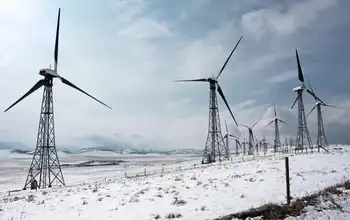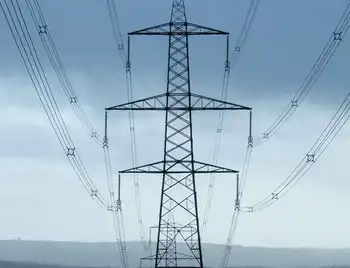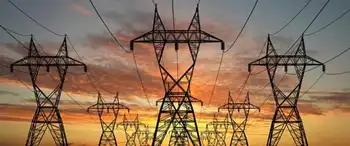New Zealand improves reliability with smart technology
By Electricity Forum
CSA Z463 Electrical Maintenance
Our customized live online or in‑person group training can be delivered to your staff at your location.

- Live Online
- 6 hours Instructor-led
- Group Training Available
GE’s outage management software will help WEL reduce outages and more quickly restore power when outages do occur. Eventually, this smart grid solution will work in conjunction with smart meters and advanced metering infrastructure to provide real-time knowledge of the grid’s status. This knowledge will enable both proactive actions to prevent outages and reactive actions — such as intelligent re-routing, pinpoint repair deployment and circuit restorations — to reduce customer impact and help extend the life of utility assets.
“Power reliability and quality are two key factors behind our decision to implement GE’s distribution management system (DMS),” said Dr. Julian Elder, chief executive of WEL Networks. “GE’s DMS system also will help us integrate renewables, which will help reduce New Zealand’s overall carbon emissions and provide more secure levels of supply on a regional basis.”
“Our smart grid distribution management system technology serves as the backbone on which WEL Networks will ultimately build its smarter grid,” said Bob Gilligan, vice president of GE Energy’s transmission and distribution business. “In addition to helping WEL integrate renewable energy resources, the DMS will also provide the utility with necessary information to improve grid reliability and power quality.”
This project supports the New Zealand governmentÂ’s goal of carbon neutrality and generating 90 percent renewable electricity by 2025, from 70 percent today.
Traditionally, electricity has flowed one way, from a power station to the customer. As more renewable energy is generated by alternative sources, power will enter the network from multiple locations. GEÂ’s DMS provides the utility with live information about the network to help manage the distribution of renewable energy.
The DMS deployed by WEL is one of several solutions in GE’s smart grid portfolio. The efficiency gains achieved by upgrading to a smarter grid from a conventional one would be akin to switching from a typewriter to a personal computer. The smart grid is a banner for many products, including hardware, like smart meters and capacitors, and software, like geospatial information systems, distribution management systems and demand-side response. The smart grid is not “one” product, but rather, a solution suite of products and software technologies improving the grid’s overall performance.
WEL Networks is an electricity distribution company that owns, develops and maintains the electricity network of lines, cables, substations and associated infrastructure. Its network connects 82,000 customers to the national transmission and generation facilities and is the fifth largest electricity utility in New Zealand out of a total of 28 utilities.











